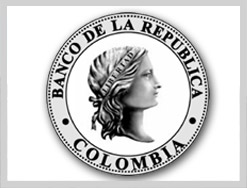
Nos disculpamos por los inconvenientes...
...pero su actividad y comportamiento nos hace pensar que usted es un Bot.
Nota: Pueden estar ocurriendo algunas cosas.
- Si estás intentando accedes al sitio usando un Proxy anónimo o un Proxy de red, por favor deshabilite y trate de ingresar nuevamente.
- Debido a comportamiento anómalo malicioso detectado previamente en su red, por favor pida que se desbloquee el sitio.
Por favor resuelva este CAPTCHA para que se desbloquee el sitio